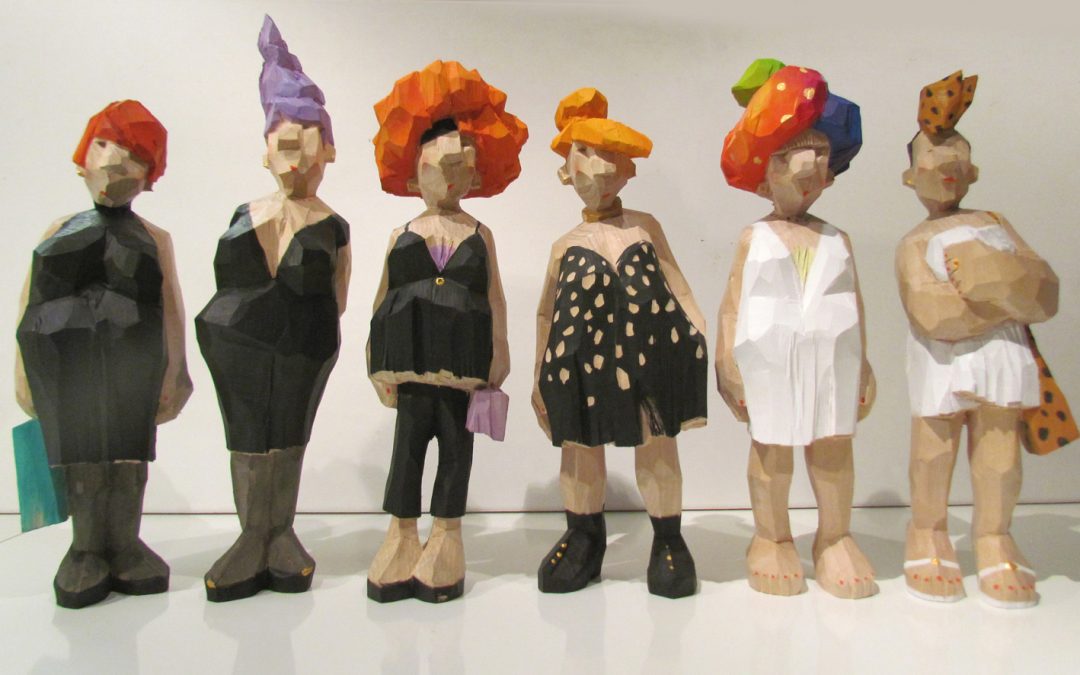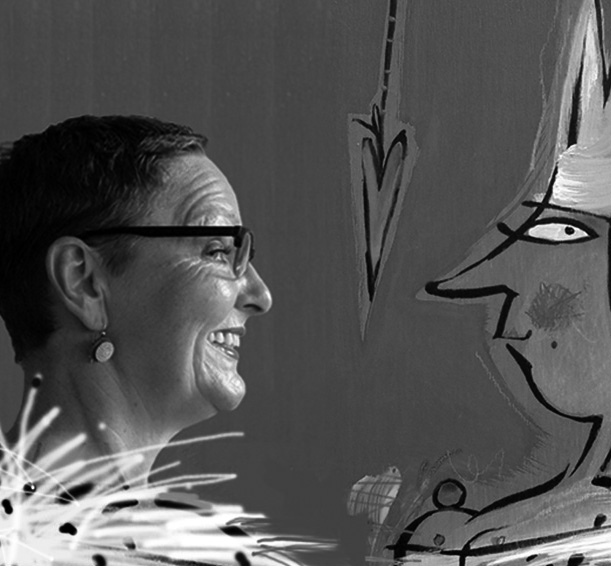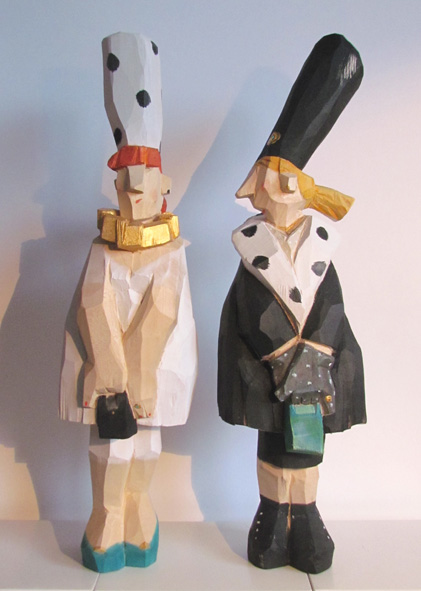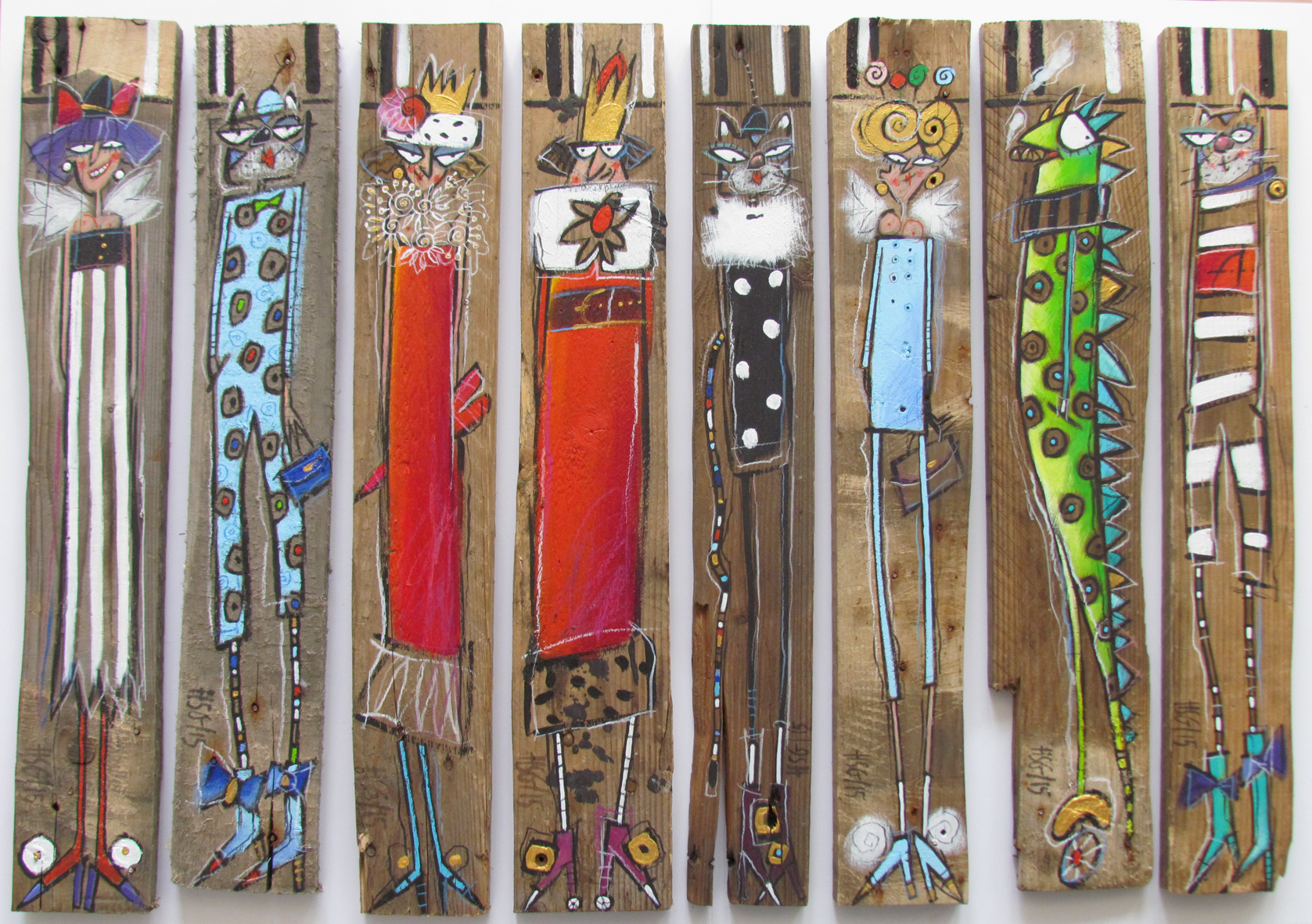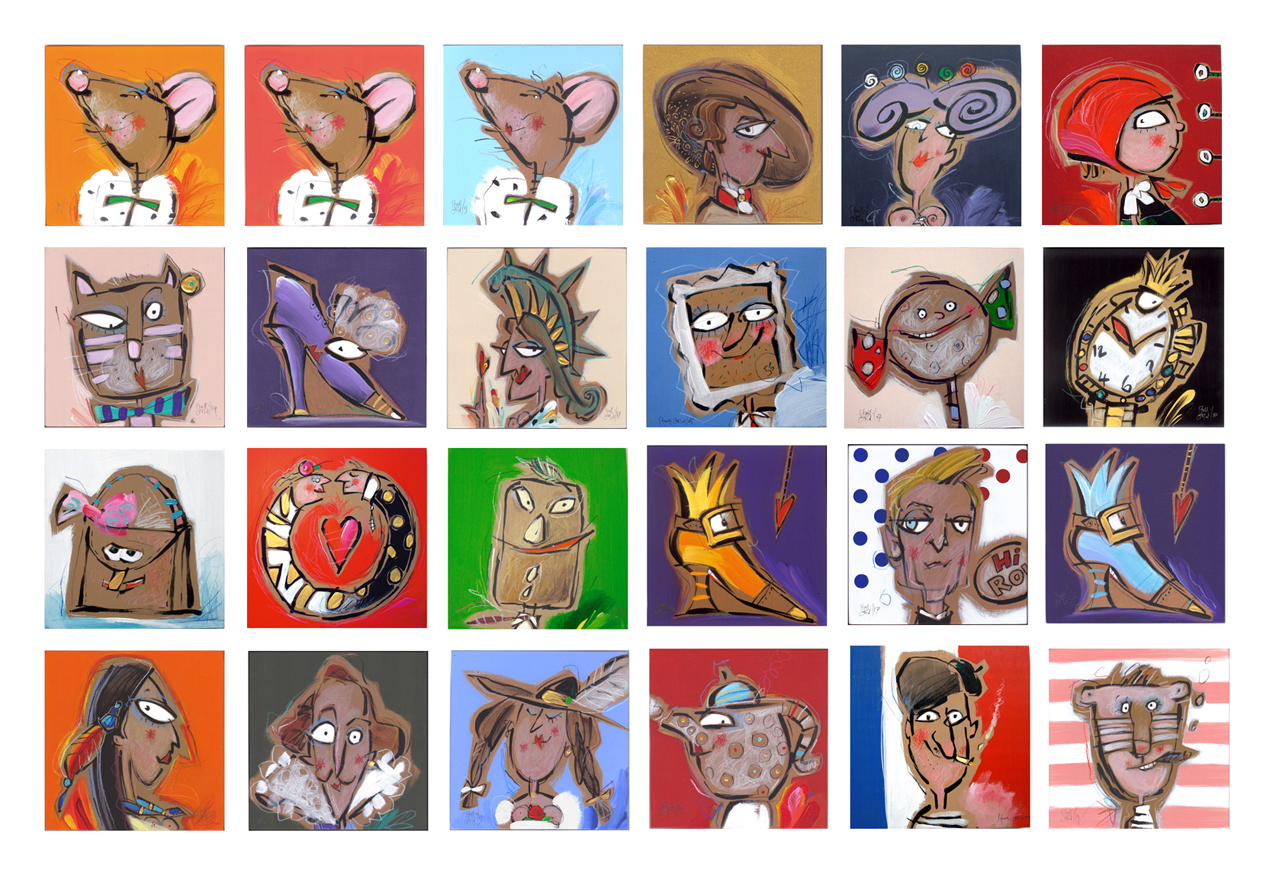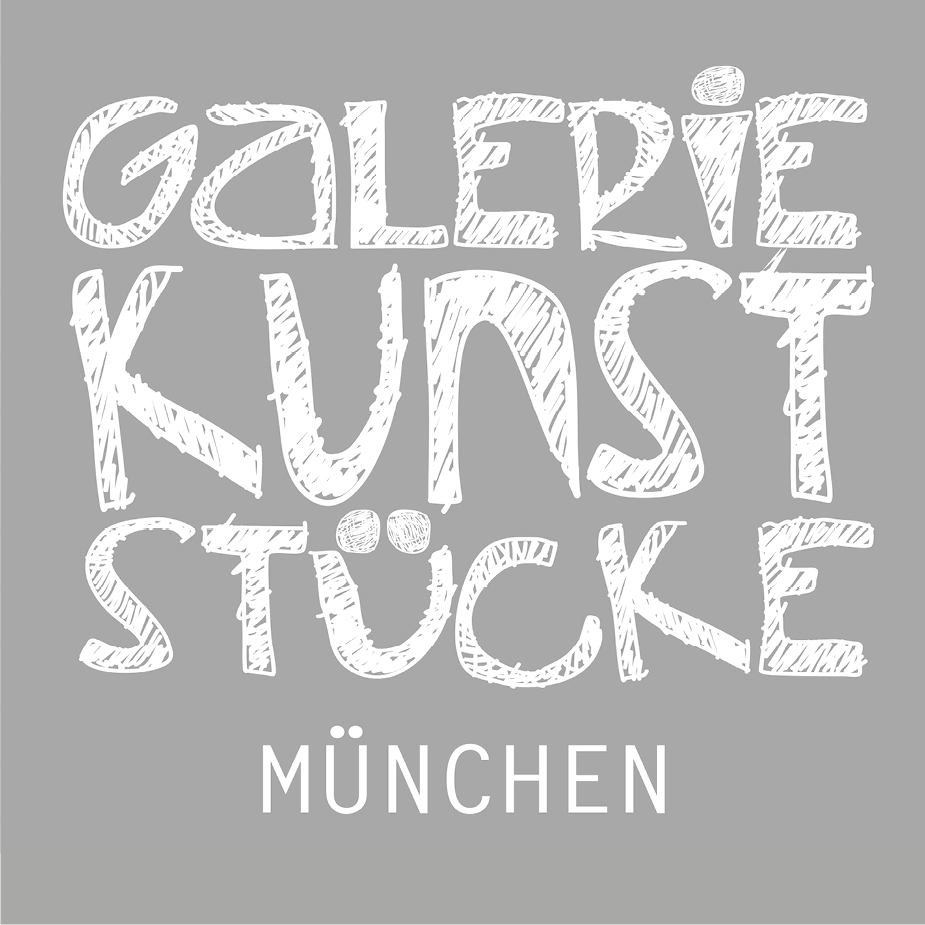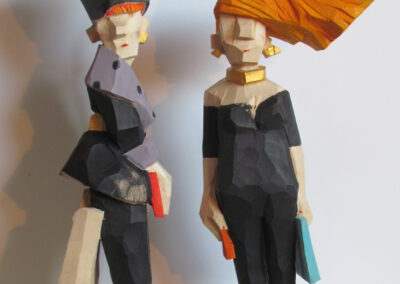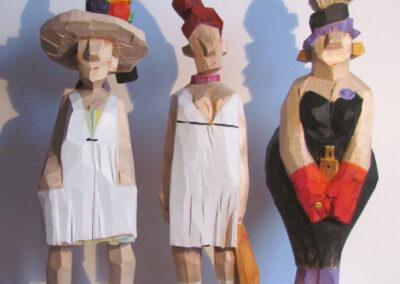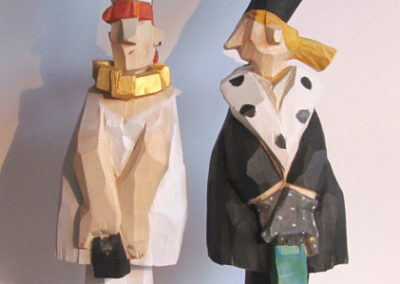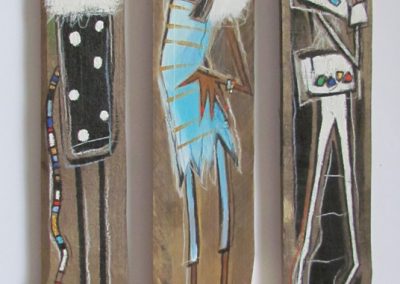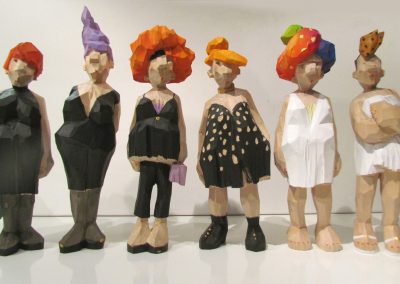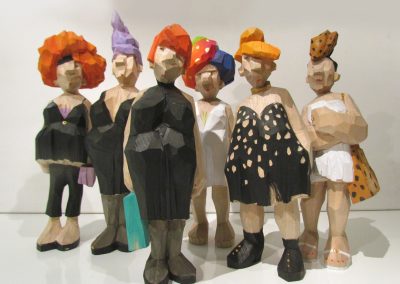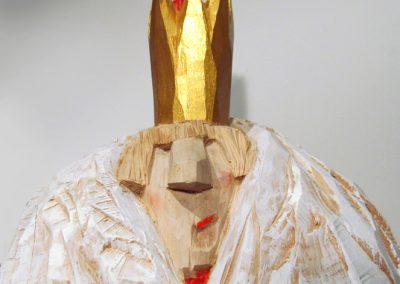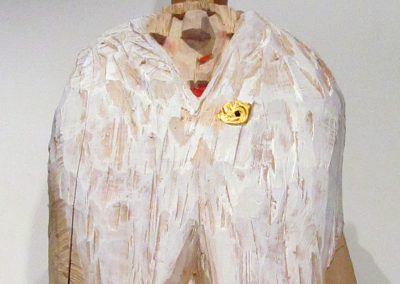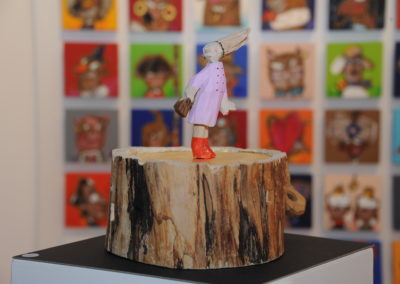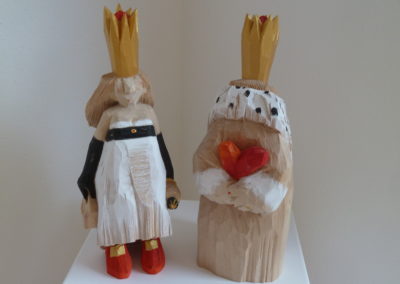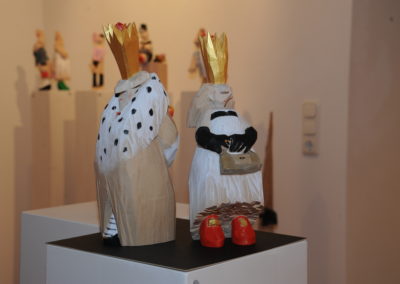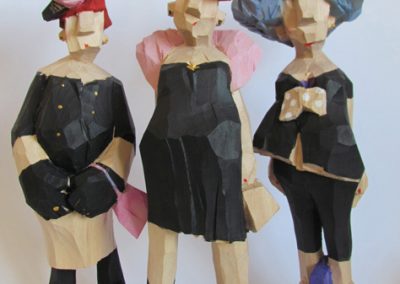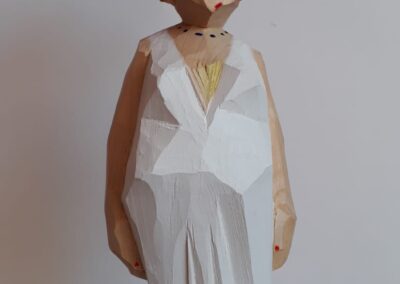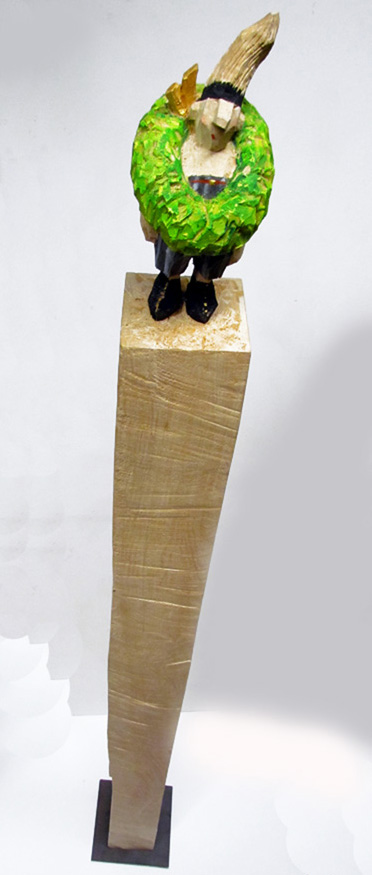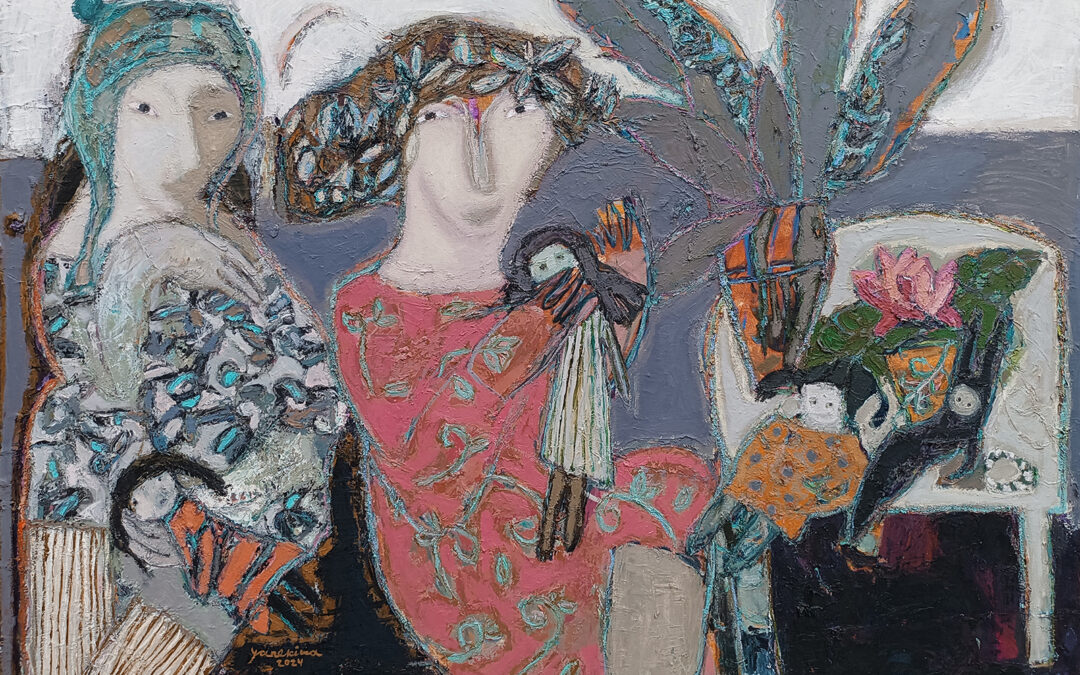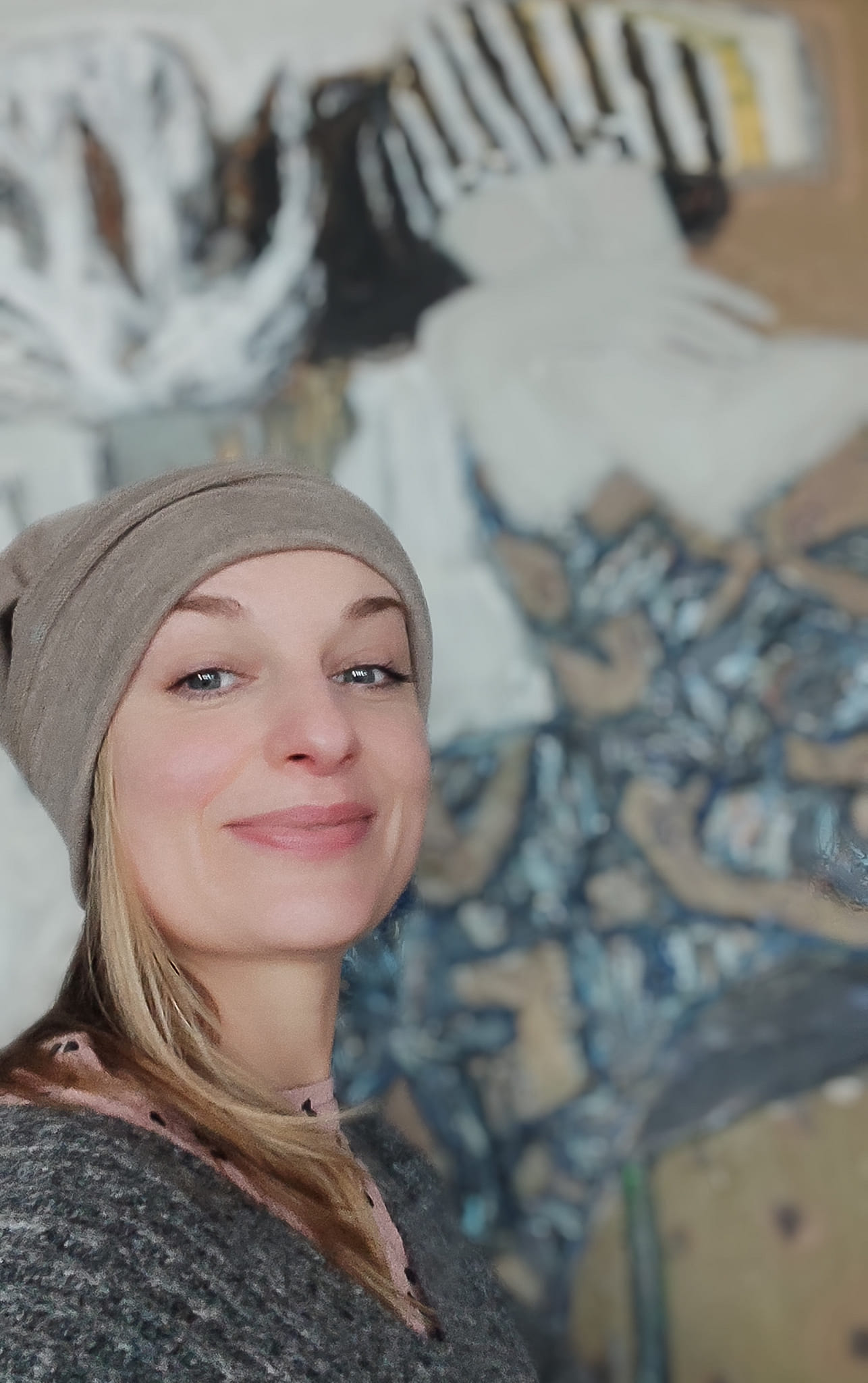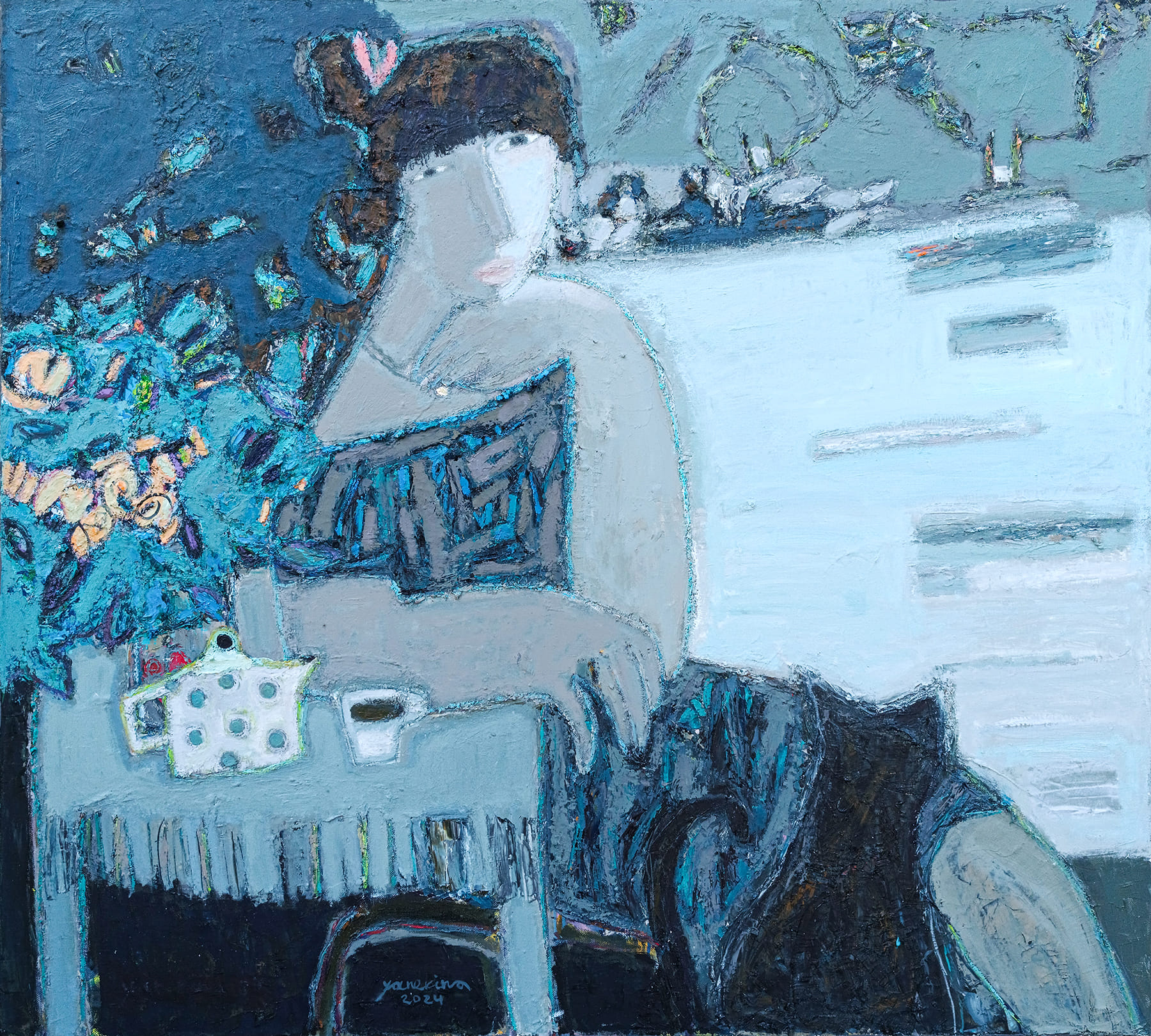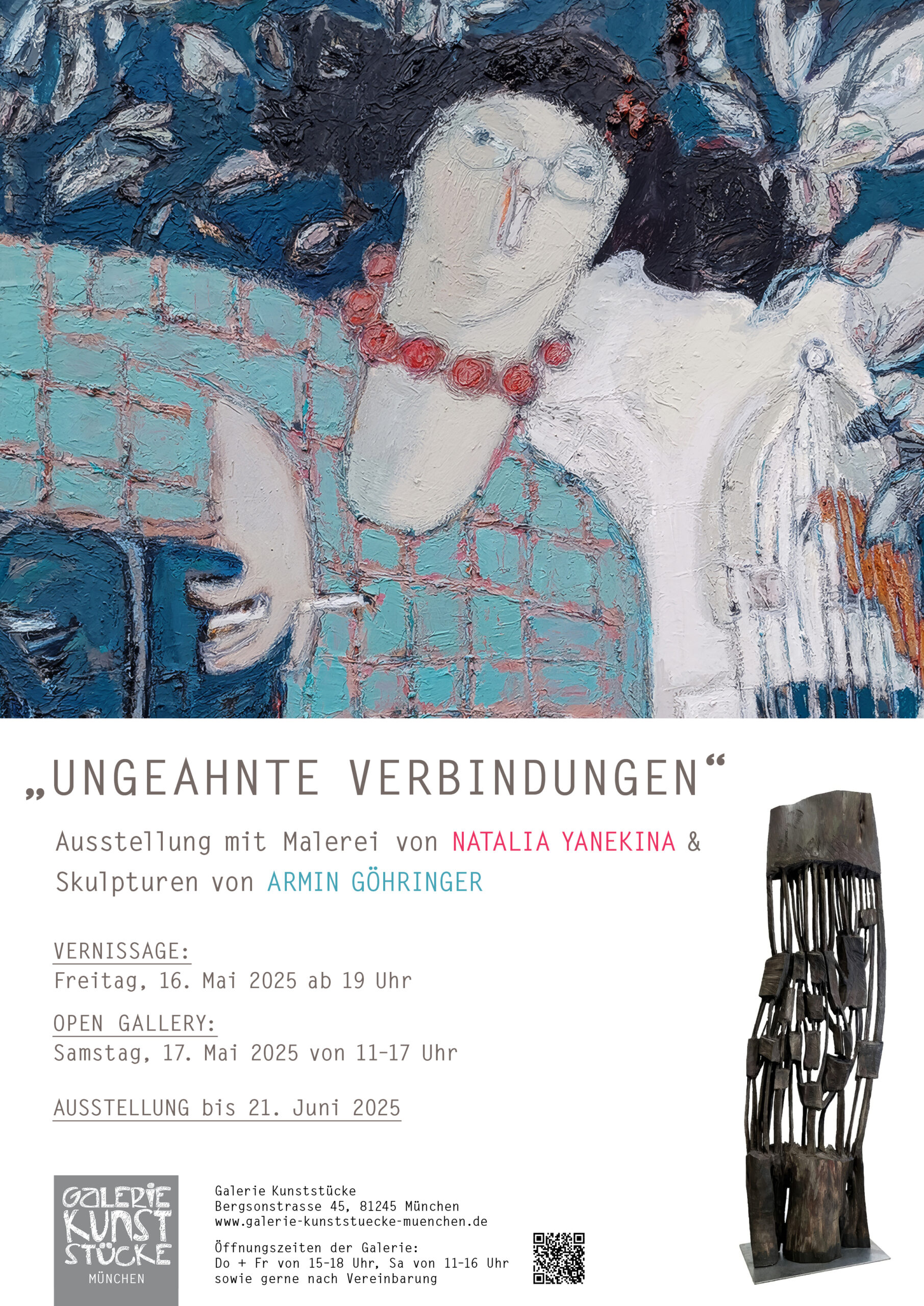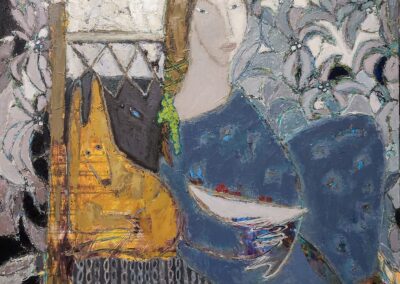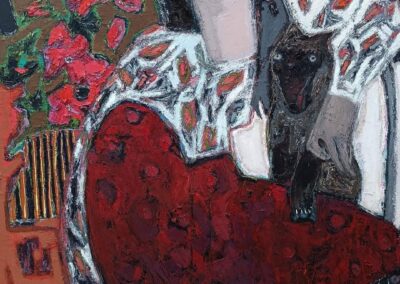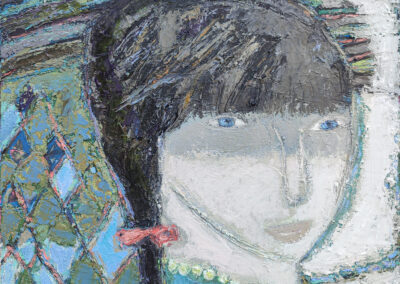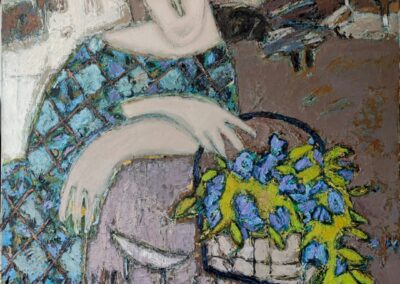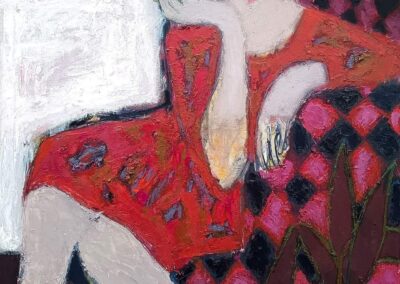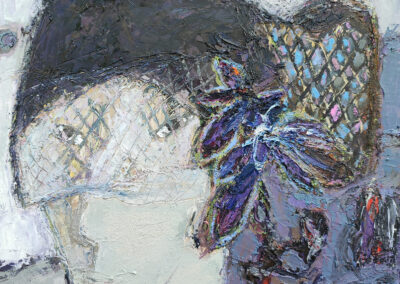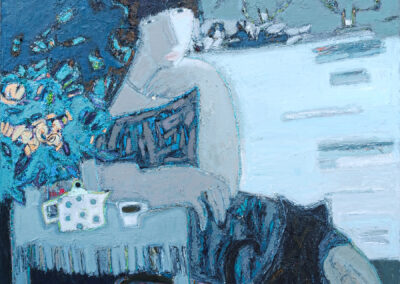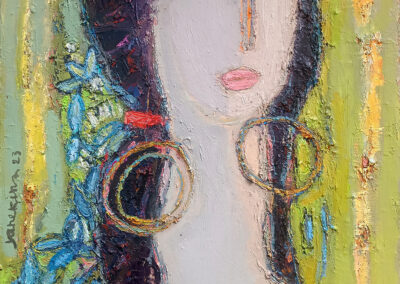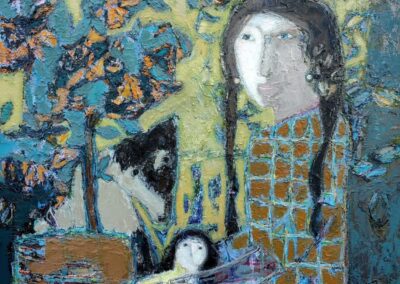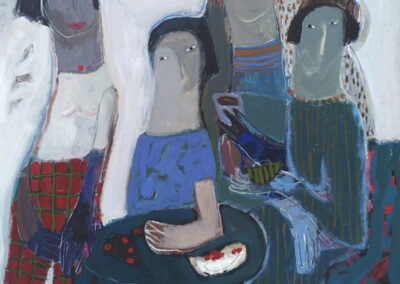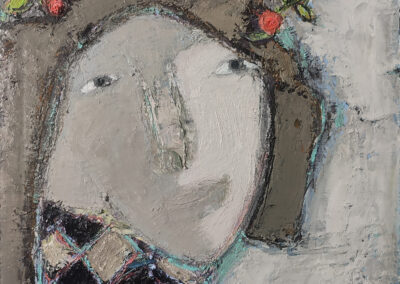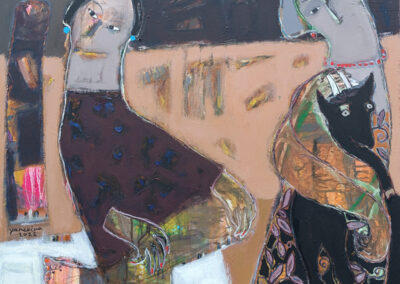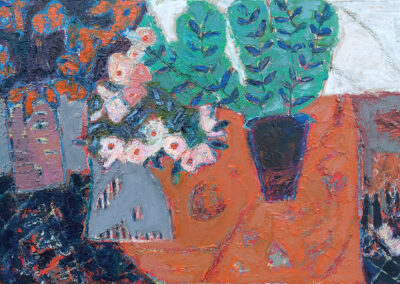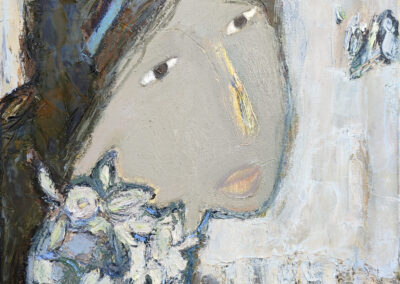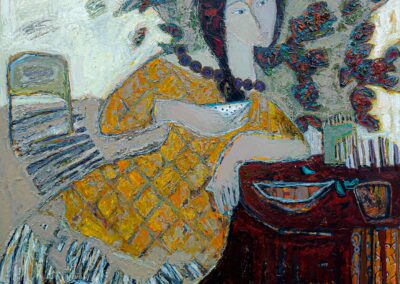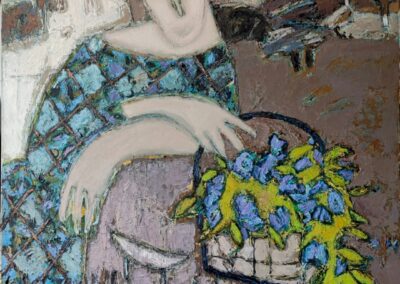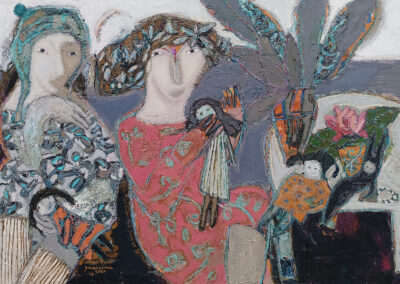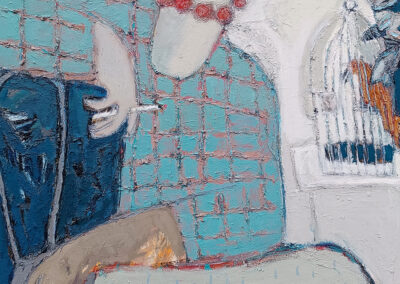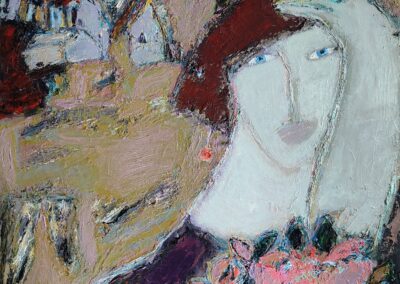NATALIA YANEKINA
Geboren wurde Natalia 1982 im russischen Kaliningrad (früheres Königsberg), 2003 hat sie an der Kunst-Universität in Iwanowo, der Textilhauptstadt Russlands (250 km nordöstlich von Moskau) ihr Studium der Malerei abgeschlossen. Seit 2005 ist sie Mitglied der „Union of Artists of Russia“. Sie lebt und arbeitet jedoch schon seit dem Jahr 2008 mit ihrer Familie in Litauen. Über Ihre Malerei mit Ölfarben sagt Yanekina: „Ich arbeite mit verschiedenen Stilen, ich male sowohl Porträts, figurative Kompositionen, als auch Stillleben. Jede Darstellungsweise hat ihre eigene Aussage. Wenn ich ein Porträt male, geht es mir in erster Linie um bestimmte Gefühle, die ich transportieren möchte. Beim Stillleben geht es mir vor allem um Formen, Farbbeziehungen und die Gesamtkomposition. Oberste Priorität hat für mich als Künstlerin die Idee, Farben in all ihrer Tiefe miteinander zum Klingen zu bringen, so dass jede Komposition vor allem auch durch Ihre Farbigkeit besticht.“
Born in 1982 in Kaliningrad (formerly Königsberg, Russia). She graduated from the Ivanovo Art College in 2003 and began her independent creative work. Twice she became the winner of youth exhibitions and also received a grant „For the best works“. In 2008, she moved to Lithuania, where she lives and works to this day. She has had about 30 personal exhibitions.
„My art is a living diary of internal states. Over the years of my creative path, my works have evolved, genres and expressive means have changed. For a long time, still life remained my favorite direction: I liked to „revive“ ordinary objects through form and clear composition, turning them into heroes of small stories.
Gradually, interest in color and plasticity led me to man. Portraiture opened up a whole world: I felt how freely I can „compose“ female images, endowing them with character and mood. This stage became a revelation – the image of the face allowed me to speak about subtle emotions, overpowering their fragility at the same time.
Today I work in larger formats, combining several figures into a single composition and thereby developing the plot wider, deeper. The female theme remains central: I see in it an endless space for searching, dialogue and creating new visual stories.
In each painting, I am interested in the moment „in between“ – between silence and movement, between reality and imagination. Color serves as a conductor of emotions, and light forms the internal rhythm of the canvas.
My goal is for the viewer to feel the energy of the images and see in them a reflection of their own experiences. If your emotions respond to these images, it means that the painting has found its viewer, and I – a new reason to create further.“
